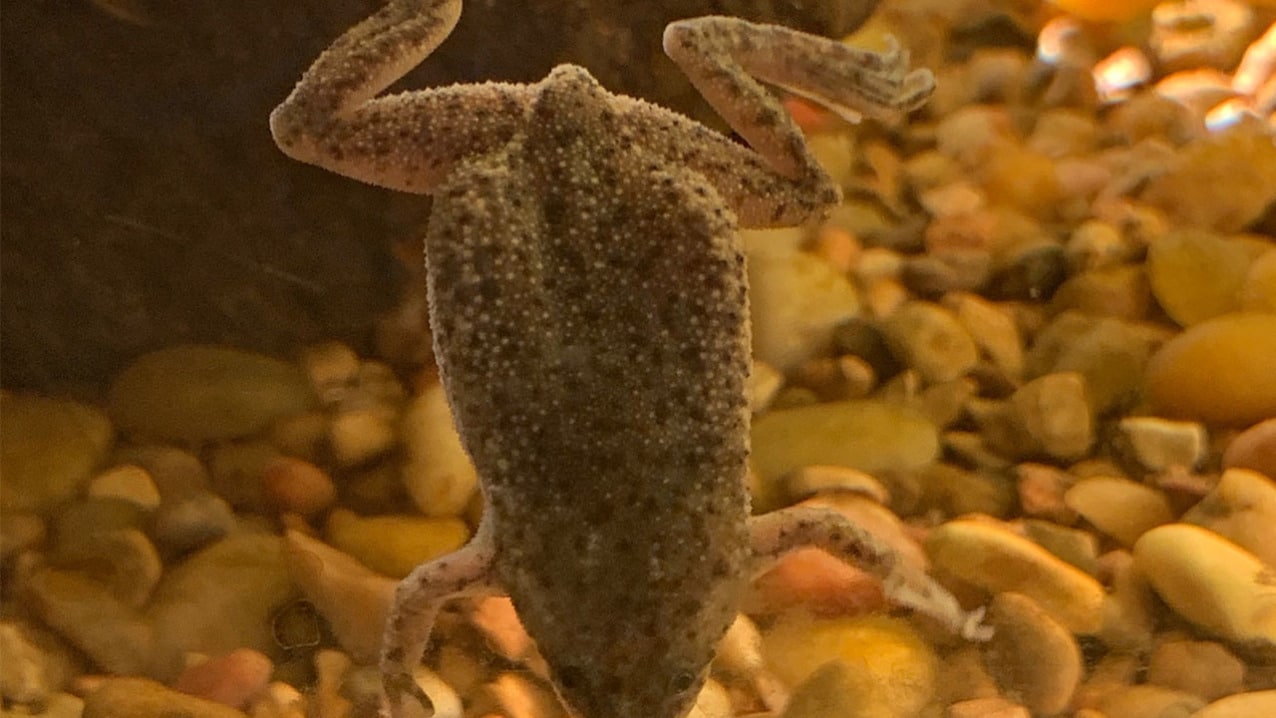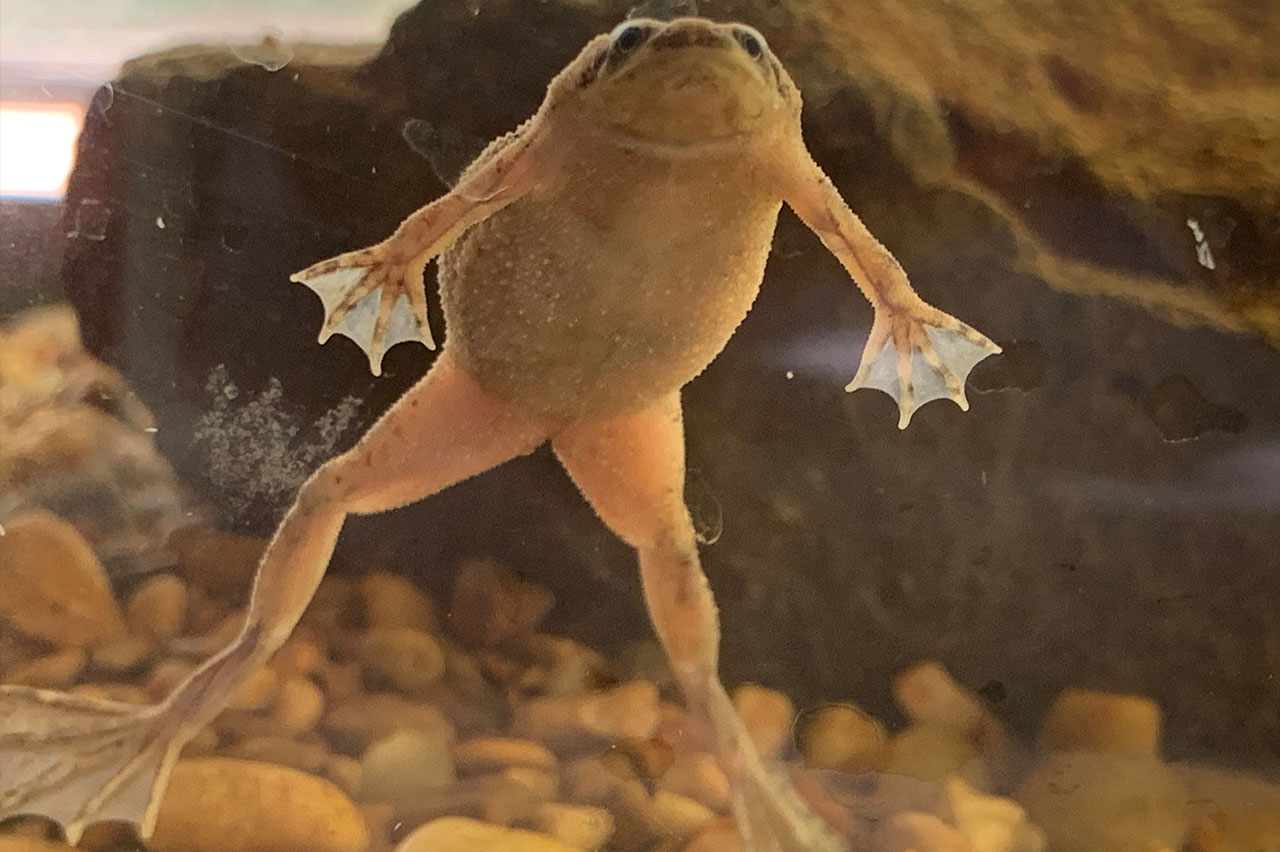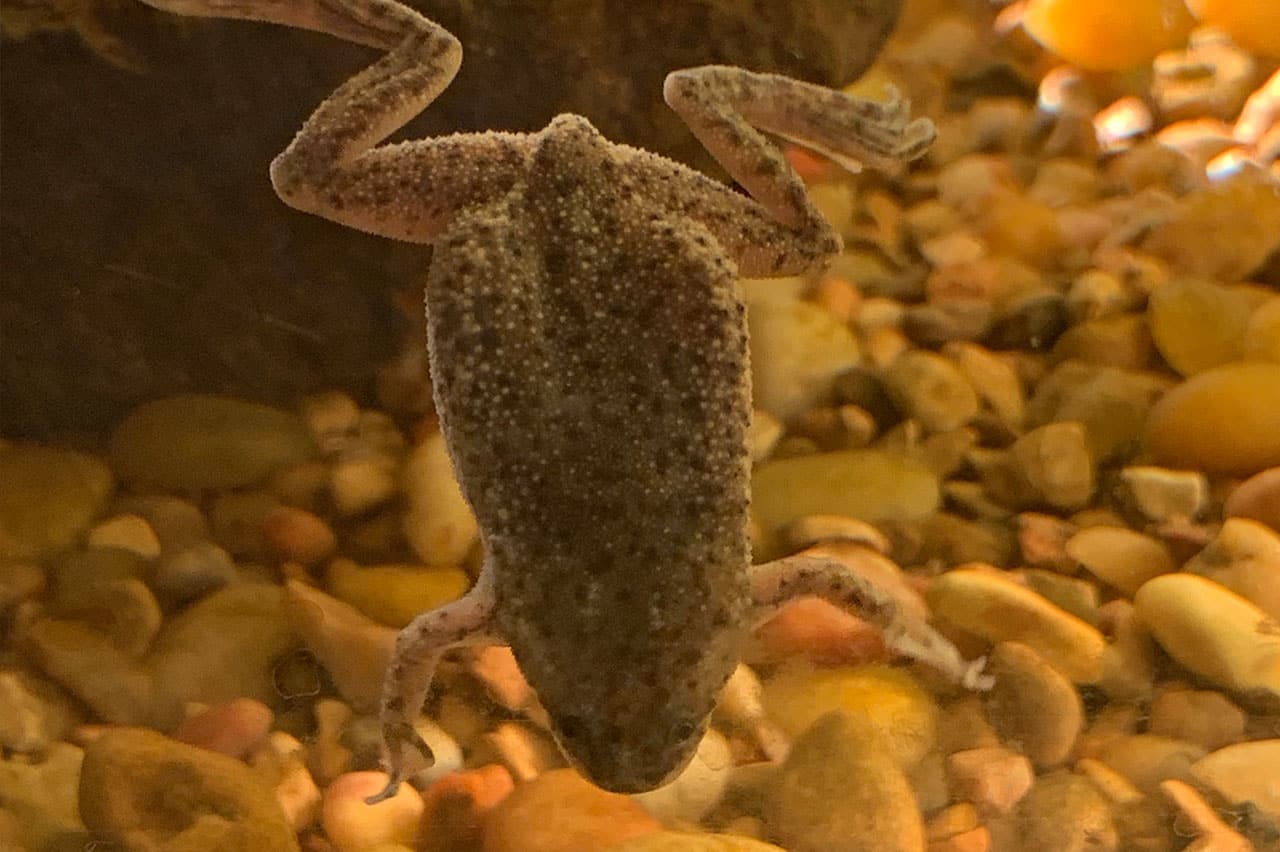Hymenochirus boettgeri
African Dwarf Clawed Frog
About Me
African Dwarf Clawed Frogs have an olive green colored backside and dark spots with a light underside. Unlike most other frog species, their legs are always sprawled out to the sides to help with swimming. They have long toes which support webbed feet and when expanded allow them to swim fast. As the name suggests this species is quite small, usually not exceeding three inches in length. Females of this species are larger than the males.
African Dwarf Clawed Frogs have an olive green colored backside and dark spots with a light underside. Unlike most other frog species, their legs are always sprawled out to the sides to help with swimming. They have long toes which support webbed feet and when expanded allow them to swim fast. As the name suggests this species is quite small, usually not exceeding three inches in length. Females of this species are larger than the males.
African Dwarf Clawed Frogs are carnivorous and in the wild will feed on almost anything that they can swallow. Some examples are worms, insect larvae, eggs, and other small arthropods.
This species is completely aquatic and cannot survive on land. The true distribution of this species is unknown but it is believed to be quite widespread near equatorial countries in Africa. Some confirmed areas where this species has been found are Cameroon, Gabon, Nigeria, Equatorial Guinea, the Central African Republic, and the Democratic Republic of the Congo. They can be found in aquatic environments such as rivers, ponds, lakes, and creeks.
African Dwarf Clawed Frogs have a peaceful temperament and primarily have nocturnal behaviors. Due to the position of their eyes on the side of their heads, they have relatively poor eyesight and primarily rely on scent and sense vibrations to maneuver and find food. They tend to stay near the bottom of water and hide. They also may stay near or on the surface of the water completely still, a behavior called burbling.
To signal mating the male will sing/hum in the water for a few days in order to attract a mate. Once a female has been attracted she will lay eggs in which the male will fertilize. The eggs will then develop and form tadpoles and continue the lifecyle of the frog.
Although listed as least concerned by the IUCN a lot of amphibian species are struggling to adapt to the effects caused by climate change. Climate change is currently a big threat to amphibians causing changes in temperature affecting their environment and allowing optimal climates for invasive species and diseases. To help try finding some simple ways to reduce your carbon footprint.
IUCN SSC Amphibian Specialist Group (IUCN SSC). “The IUCN Red List of Threatened Species.” IUCN Red List of Threatened Species, 17 Apr. 2013, www.iucnredlist.org/species/58154/18396612.
Other Amphibians
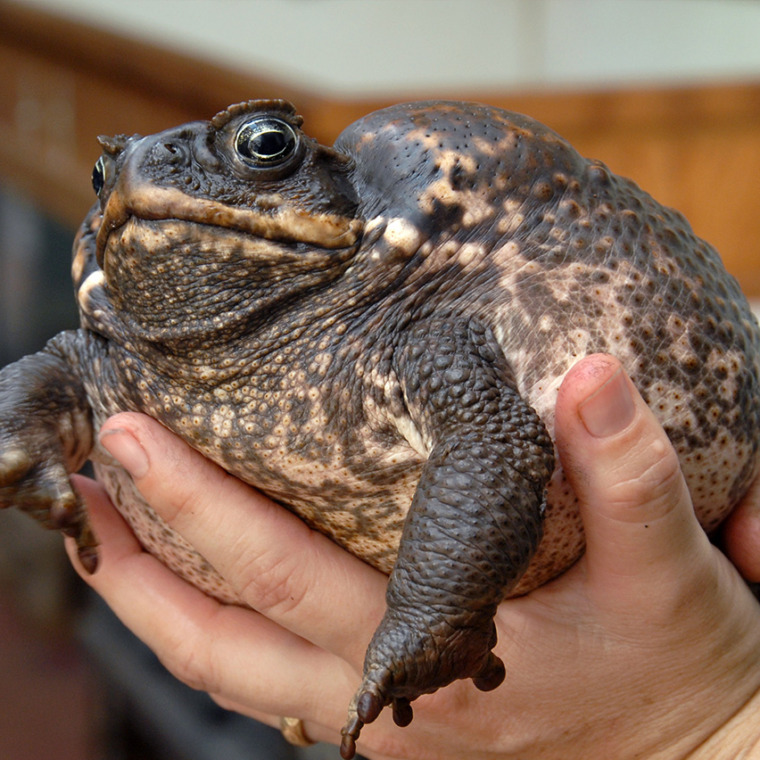
The Cane Toad is the largest species in its family. Adult Cane Toads are usually heavy-built and weigh an average of up to 1.8kg. (4 lbs.).
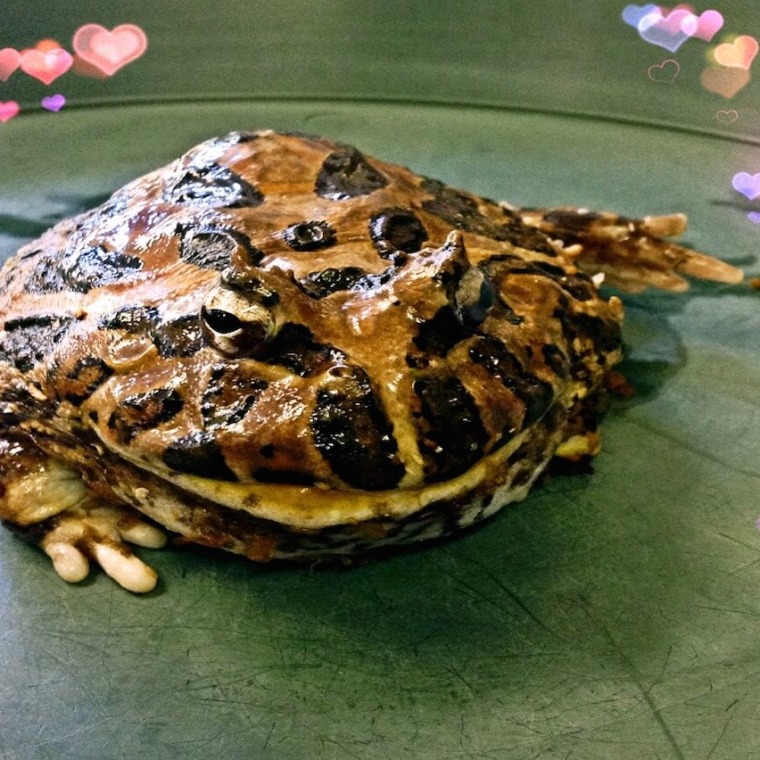
These amphibians have squat, rounded bodies with jaws as wide as their head.
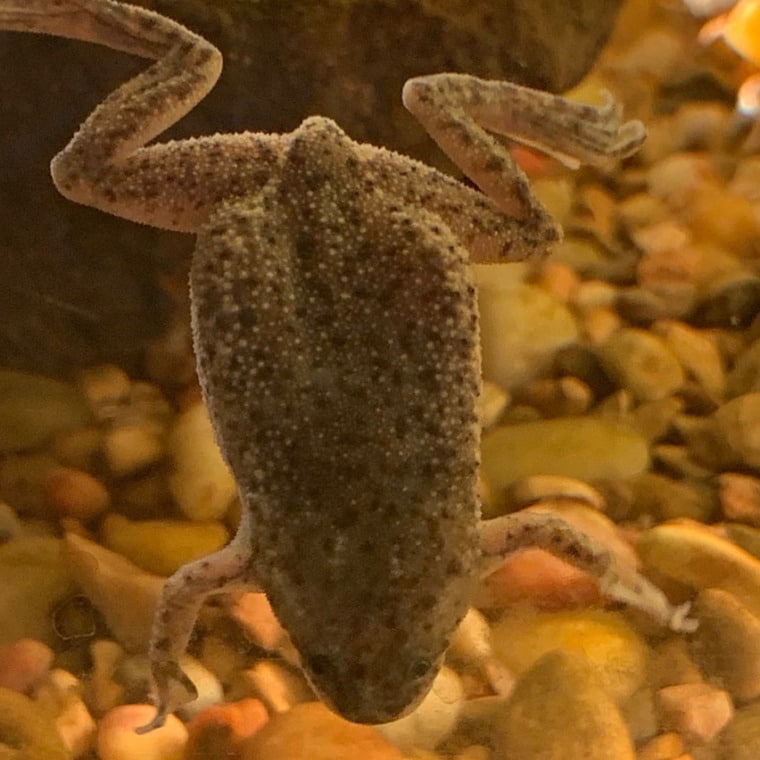
African Dwarf Clawed Frogs have an olive green colored backside and dark spots with a light underside.
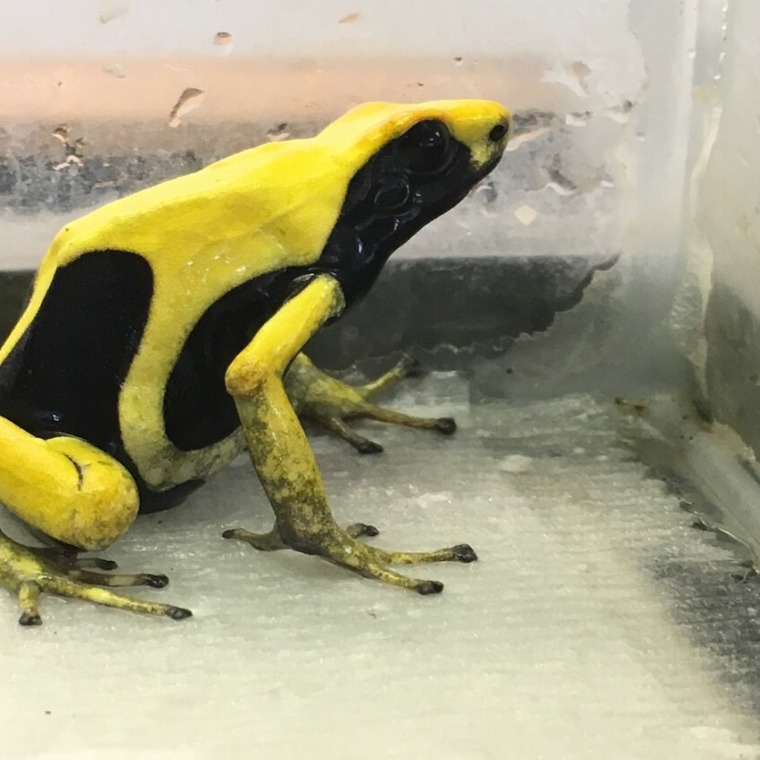
Like most Poison Dart Frogs, these animals only grow to be about two inches.


